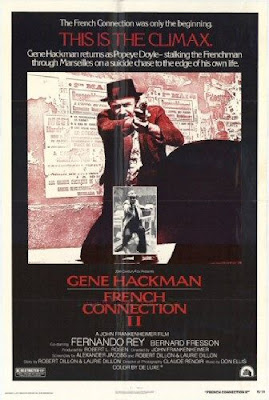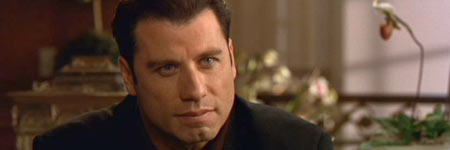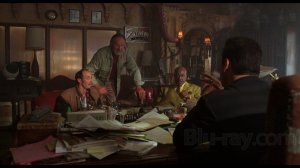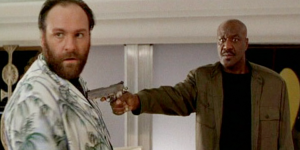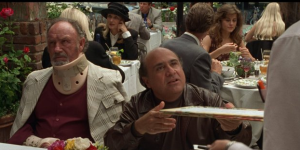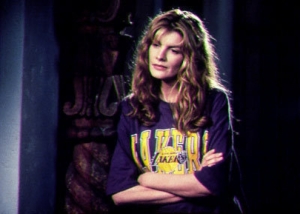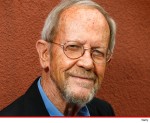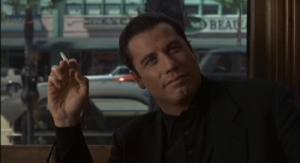Throwback Thursday #TBT
Throwback Thursday on the KAMAD site will be a regular occurrence in the next year. As a motivational project, to make sure I am working on something, even in a week where I don't see a new film in a theater, I am going to post on movies from 1975. Along with 1984, this is one of my favorite years for movies and it is full of bittersweet memories as well. 1975 was my Senior Year in High School and my Freshman Year in College. The greatest film of the last 60 years came out in 1975, as well as dozens of great and not so great cinematic endeavors. Most of the films in this weekly series will have been seen in a theater in 1975, but there are several that I only caught up with later. I hope you all enjoy.
Bite the Bullet
That doesn't mean that it doesn't exist, but I suspect that may be the case.
Sometimes, you have to make due with what you have. I have this movie on a DVD that goes from a letterbox format for the credits to a pan and scan version for the rest of the film. This is really too bad because a lot of the pleasure in this movie are the vistas and wide-screen images of the contestants in this horse race. The scanning seems to take some of the grandeur and a lot of the energy out of the story, (at least as I remembered it.)

I saw this movie at the Chinese theater, on the big screen. Of course at the time there was only one screen at the Chinese Theater. There are actually quite a few westerns on my list, which is a little surprising since the 70's were supposed to be the death of the western. It so happens that this particular Western stars my favorite film actor Gene Hackman. I looked over his filmography, and for a guy who got started in the business in the late 60's, he has actually made a lot of Western Films. Earlier this week, we came across Zandy's Bride, which I had nearly forgotten and came out a year earlier. Gene Hackman was a big star at this point, he was cast as the leading man a couple of years earlier in "The Poseidon Adventure" but he has always been a character actor to me. When he plays a part, he is the charater he is playing not the star. In "Bite the Bullet" he is the first lead but really just one of a dozen characters that make up the story.
This film features a 700 mile horse race across deserts, over mountains and through forests. There are gunfights, action, dramatic twists and a sense of history as things go on. Hackman and James Coburn play two of Teddy Roosevelt's Rough Riders a few years after the Spanish-American War. The modern is mixed with the old west at a time when the world was in fact changing. Ben Johnson basically repeats his role as the last of a dying breed from the Last Picture Show. Candice Bergen is the female lead in a pretty solid part for a woman in a movie like this. This same month she was starring in "the Wind and the Lion", so it was pretty clear she was Box Office at this moment in time. There are other familiar faces as well, but I want to take special note that this was the period of time that Jan-Michael Vincent was ascending and he was very promising in the movie. It is a shame that drugs and alcohol sidelined a guy who could easily have taken over a lot of leading man roles in the next few years.
Opening the movie is a prologue that introduces several character, including the wealthy owner of the favored horse and the newspaper people that are sponsoring the race. It was a little odd that there was so much time devoted to those story arcs and that they basically disappear from the movie. The only thing I felt was unsatisfying about the film was the last ten minutes of the race. The result was fine, but there is no resolution for some characters and it feels like an epilogue would have been appropriate. I recall that the film got a very fine review from the LA times when it opened; probably Charles Champlian wrote the review, he was the main critic at the Times in those days. This movie seems largely forgotten now, which is too bad because it is a good action film with some realistic situations and characters. It runs off the track a bit in the last act, but that can be forgiven pretty easily.
There is an early shot of two trains passing each other in a railroad yard that would cut out one of the trains in the pan and scan version. Since the character we are following would need to stay in the frame, a severely cropped for television version leaves out a side of the picture. Here one gets a greater sense of the enormous changes that are taking place in the world at this time because of the trains passing each other in what might charitably be called a small town. Later shots of the railway also cut out the whole train in the shots, but here we get to see it as it moves across a bridge or travels though a forest. These are mostly little points in the movie, the real use of the widescreen comes in the horse race scenes, especially those set in some wide desert vistas. In the current widescreen Blu ray, we can see shots that include several of the contestants in the race at once, although they are clearly a great distance from one another. The empty spaces between them emphasize the desolate nature of the environment. In some later scenes, the layout of the territory in a chase and prison break makes more sense because of the way we can view it. There is a scene in which Gene Hackman's character chases down Jan Michael Vincent and lays into him for the negligent way he has treated his horse, it has more drama and excitement in it with the space not being as condensed as in the pan and scan version.
This was one of the first times I remember seeing the death of a horse from exhaustion being visualized in such a dramatic way. John Wayne's horse in True Grit gives up the ghost when he is trying to get Maddie Ross back to the trading post. Here, we see all of the horses perspiring and covered in foaming sweat. Their legs are shaky and the riders are either tender and cautious or reckless and indifferent. As the animals are falling in the sand or rolling down a hillside, the broad view makes us much more aware of how difficult the race really would be. I am very satisfied with the quality of the picture and the extra price was worth it to me. One more comment about the movie that is unrelated to it's presentation. Hackman has a great piece of dialogue about the charge at San Juan Hill that his character was supposed to be a part of. It sounds at first like it is going to be a sucker punch slam at the Spanish American War and Teddy Roosevelt. Instead it reminds me,and I hope you, of why Theodore Roosevelt was in fact one of our greatest leaders. After having his glasses shot off and his arm nicked, Roosevelt rallies the Rough Riders to storm the hill. Hackman's character says that they didn't follow out of a desire for victory, or to promote freedom. They went willingly with Roosevelt into the rain of death from above because they would have been ashamed not to. If it's not a true story, it feels like one.





